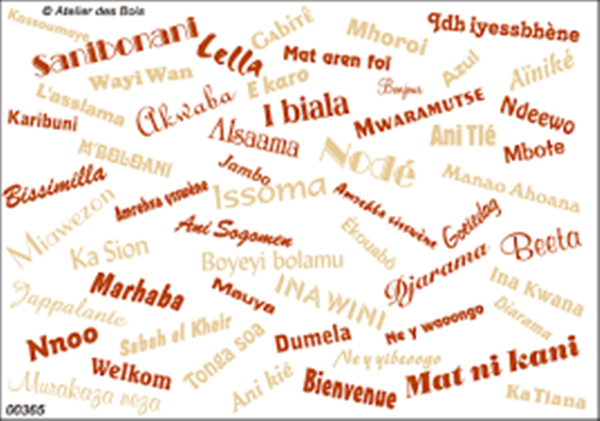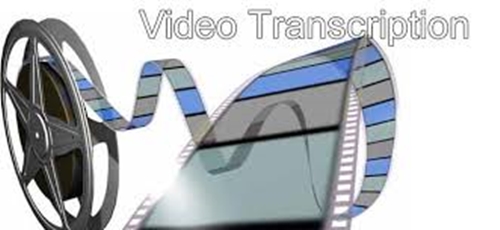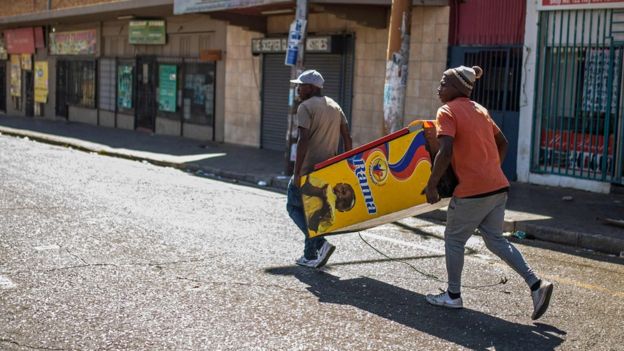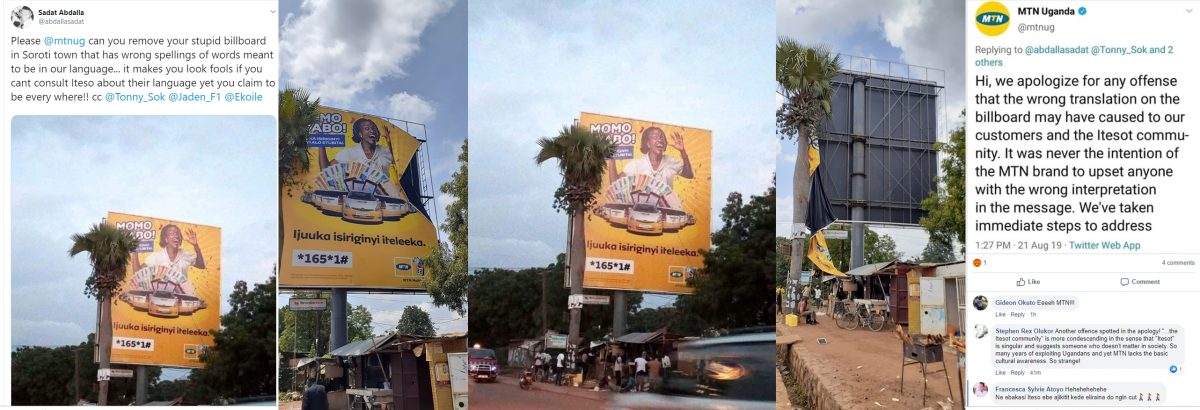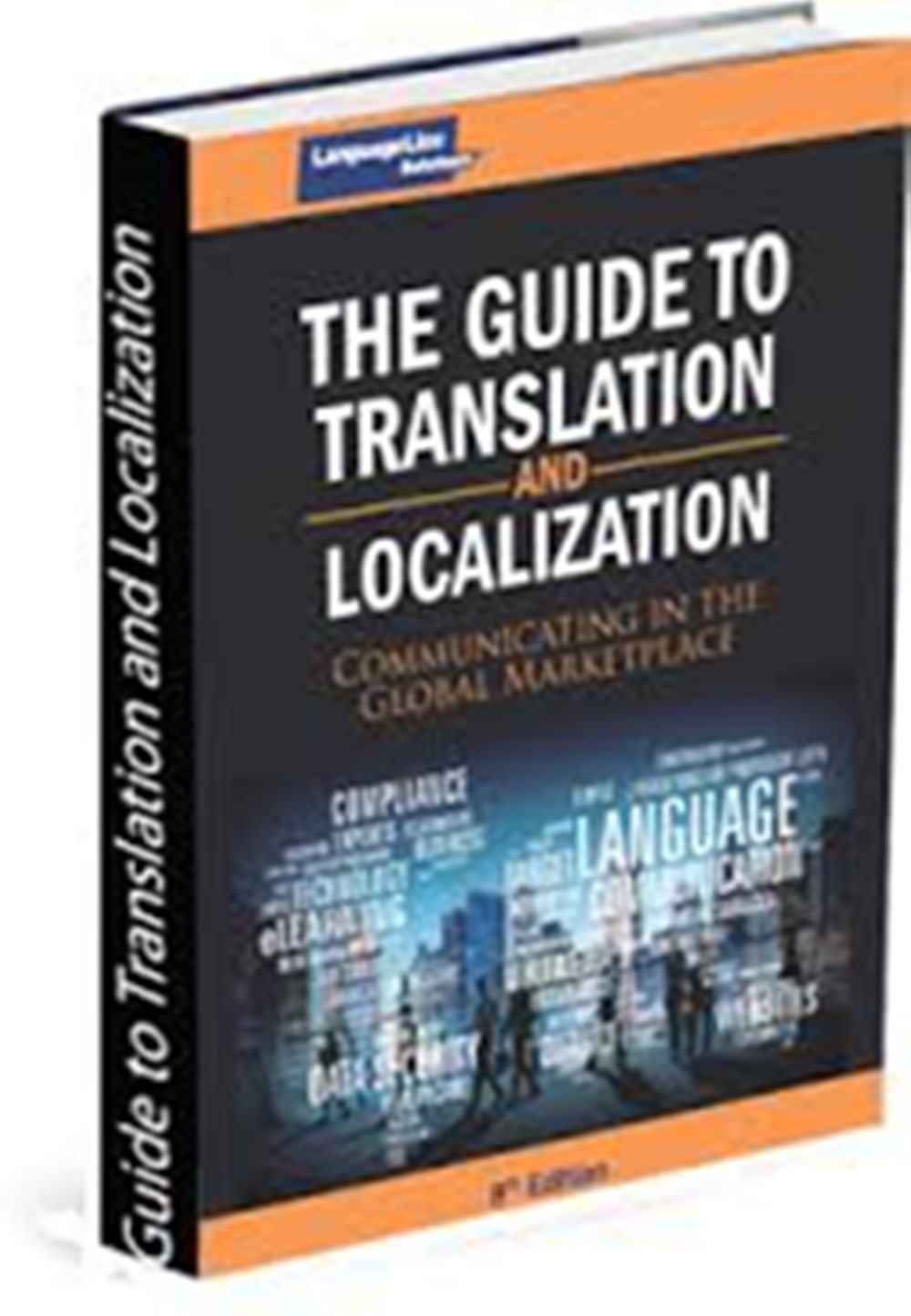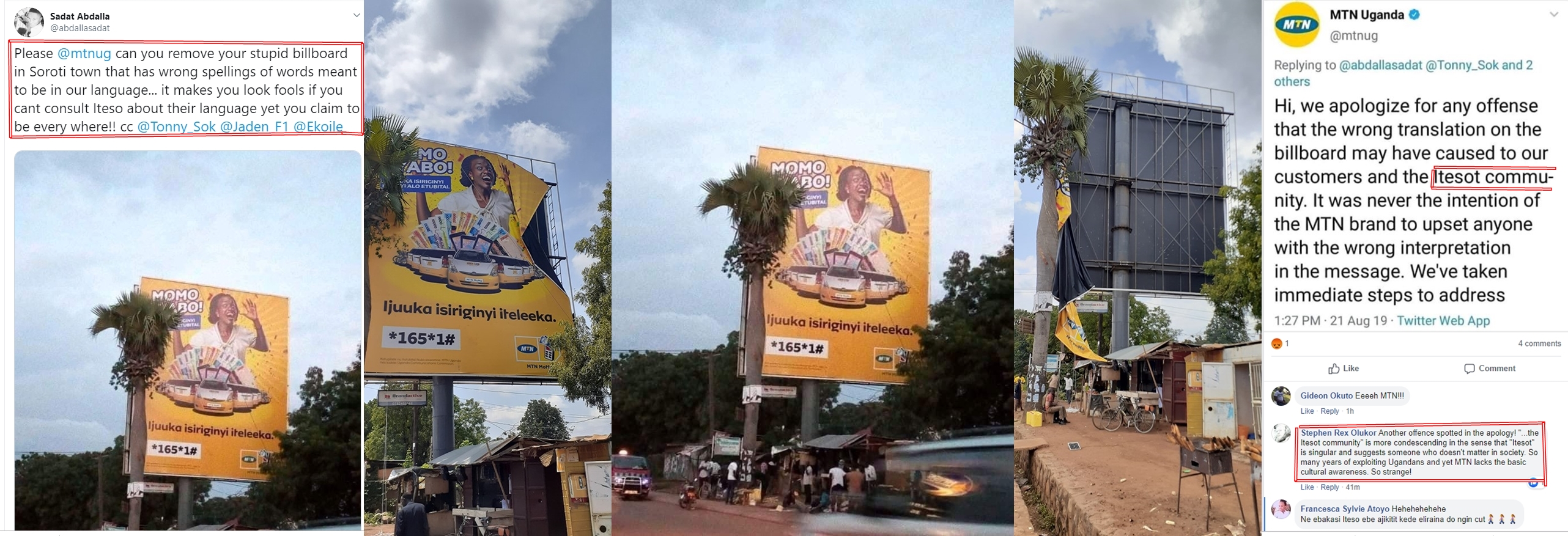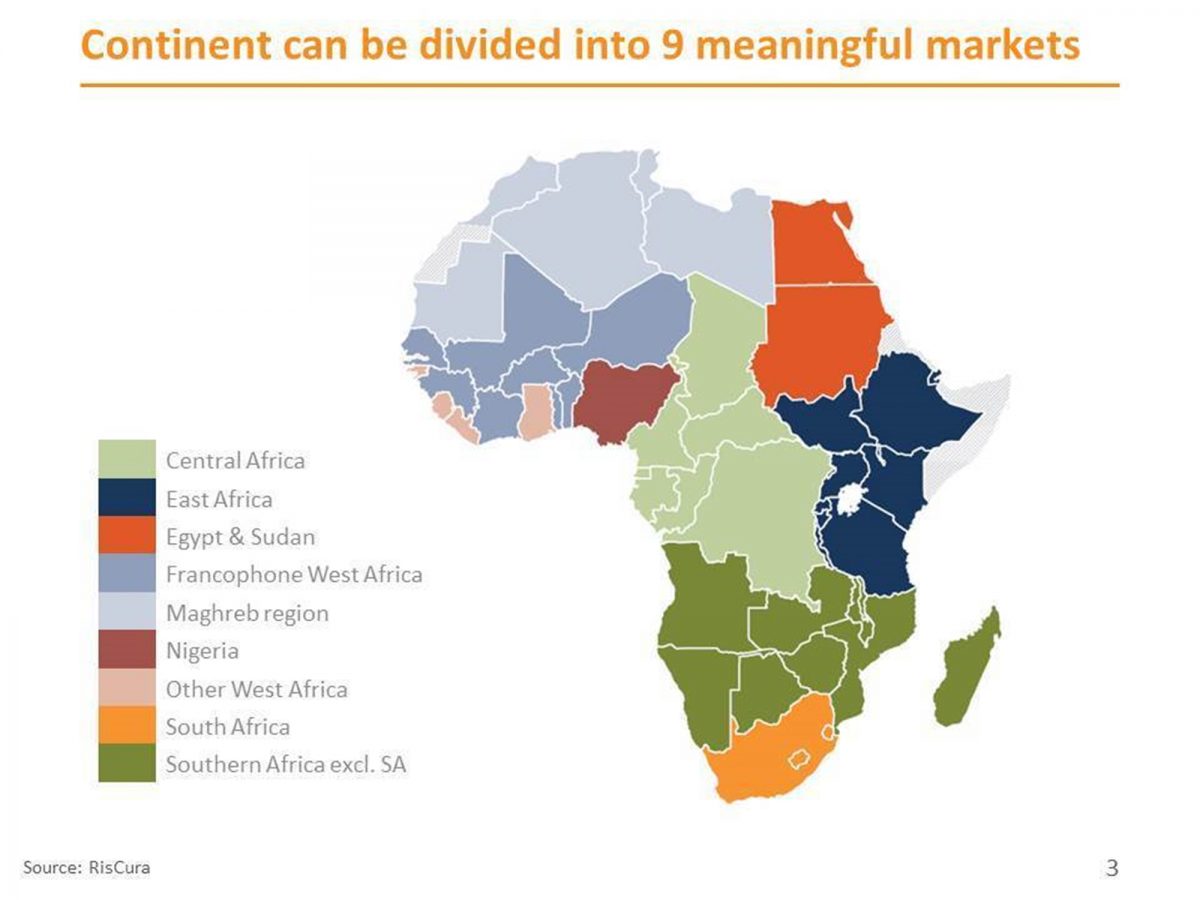About 100 expert interpreters, translators, language administrations suppliers, consultants, and understudies from 19 nations all assembled at the Azure Hotel, in Nairobi on February 18th and 19th for the first Africa International Translation Conference. We assembled from essentially every edge of the globe – from the United States to Brazil, from the Ivory Coast to Tanzania, and from the Netherlands to Poland, Slovenia, Romania, the Czech Republic and some more. We gathered, shook hands, associated, and shared assets and skills. It was an encounter of a lifetime.
3 THINGS YOU SHOULD KNOW ABOUT THE SIMULTANEOUS INTERPRETATION IN AFRICA
Concurrent understanding: a developing calling in Africa
The sprouting understanding business sector of the late sixties has bloomed into expert language administrations for some UN, universal, legislative and non-administrative associations, just as private area firms on African soil. These substances need and utilize synchronous translation regularly. African gathering mediators were at first prepared for the most part in English and French, yet today, an ever increasing number of translators are being prepared in Spanish, Portuguese, Arabic and even Chinese. In addition, the normal African talks in any event two principle neighborhood dialects smoothly, giving a profoundly adaptable scope of elucidation administrations. This business will be understanding in Africa.
Africa: the ‘new outskirts’ for significant worldwide gatherings
Colossal assembly halls have jumped up in the course of recent years, making Africa one of the ‘go-to’ landmasses for universal gatherings. It’s not amazing Morocco has been decided for the following United Nations Framework Convention on Climate Change (UNFCCC COP 22) in the not so distant future. Capital urban communities, for example Dakar (Senegal), Cape Town (South Africa), Kigali (Rwanda), Abidjan (Côte d’Ivoire) and Malabo (Equatorial Guinea) are quickly rising as appealing gathering goals which hold fast to global translation guidelines. Addis Ababa (Ethiopia), wearing both the ongoing Chinese-manufactured African Union Conference Center and the UNECA Conference Center, additionally routinely plays host to enormous worldwide gatherings.
Reacting to emergency with versatility
Following the Ebola flare-up in 2014, stringent measures were acquainted with limit air and land travel to and from West African nations specifically. The rush of frailty brought about by aggressor Islamist bunch Boko Haram in Nigeria and its encompassing nations additionally implied that various universal gatherings must be dropped or deferred.
AIIC staff mediators meet in Africa
Without precedent for its history, the AIIC Staff Interpreters’ Committee held its yearly gathering on the African landmass. In the month of September, 2011, heavenly has at the United Nations International Criminal Tribunal for Rwanda respected a huge gathering of staff and independent translators, including delegates from more than ten associations, to two days of gainful gatherings in Arusha, Tanzania. The topic of the current year’s session was preparing.. An aggregate of 72 translators have worked at the court with 29 still dynamic at the hour of the gathering. By and large, 18 of the council’s translators are AIIC individuals. Consultants are enlisted just once in a while. Mediators work principally into their A language, in spite of the fact that the Kinyarwanda translators likewise give retour into French. Perceiving the job and significance of preparing when building the deciphering administration, the ICTR enlisted principally Africa-based mediators who had gone to the best translation schools. Work openings were additionally offered to African language speakers, who got nine months of preparing from their partners. Presently in the last period of its work, the council is unwinding its business and, as the quantity of cases decreases, our associates in Arusha are as of now getting ready for the following parts of their professions.



